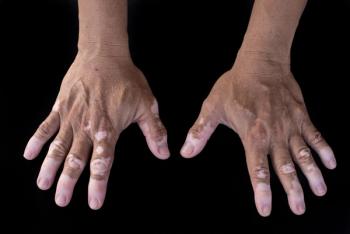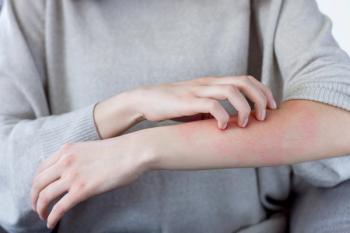
Increased Risk of Rosacea Found in Former Smokers, But Connection is Hazy in Current Smokers
People affected by rosacea can experience symptoms such as facial redness, flushing, and visible blood vessels. At times, they may also develop pimples or thickened skin, especially around the nose
A new
Rosacea is a chronic inflammatory skin condition that mainly affects the face and eyes, typically in people between the ages of 30 and 50, though it can start at any age.
People affected can experience symptoms such as facial redness, flushing, and visible blood vessels. At times, they may also develop pimples or thickened skin, especially around the nose — a condition known as rhinophyma, which is more common in men.
Rosacea is generally categorized into three types: erythematotelangiectatic rosacea (ETR), papulopustular rosacea (PPR) and phymatous rosacea (PhR), with ETR being the most common.
These different types can significantly affect a person’s quality of life, often leading to anxiety, depression and low self-esteem.
There are a variety of causes to rosacea including environmental factors such as sun exposure, internal factors including immune disorders and lifestyle habits such as diet, smoking and sleep patterns.
Kent Keyser, M.D., professor of vision sciences at the University of Alabama at Birmingham, highlighted in a report in the National Rosacea Society that smoking is a major cause of vascular diseases.
Keyser noted that nicotine could contribute to the redness and visible blood vessels in rosacea by promoting the formation of new blood vessels in the skin.
Recent studies have examined the relationship between smoking and rosacea, but results have been mixed.
To better understand the connection, researchers from The First Affiliated Hospital of Zhejiang Chinese Medical University in Hangzhou, China, used Mendelian randomization (MR), an advanced genetic analysis that strengthens the causal link between exposure and outcome.
Data from genome-wide association studies (GWAS) were used in the study to examine the link between rosacea and smoking.
There were 1,195 cases on rosacea data included and 211,139 controls from the FinnGen database, while smoking data covered two groups: "previous smokers" (118,419 cases) and "current smokers" (33,928 cases) from the Neale Lab Consortium.
After analyzing data, researchers found that ex-smokers have a higher risk of developing rosacea, with a significant odds ratio of 6.77, but current smokers did not show the same significant risk.
Researchers suggest that quitting smoking might increase the chances of rosacea, although current smoking doesn't seem to have the same effect.
While the connection is still unclear due to the study relying on observational data, the use of the MR analysis made it possible to reduce bias and strengthen causal links between smoking and rosacea, with sensitivity analyses supporting the reliability of the results.
However, limitations exist as the study's focus was on European populations rather than a number of groups.
Overall, researchers suggest that although ex-smokers may have a higher risk of rosacea, people should avoid smoking from the start due to its harmful effects.
Newsletter
Get the latest industry news, event updates, and more from Managed healthcare Executive.





















































